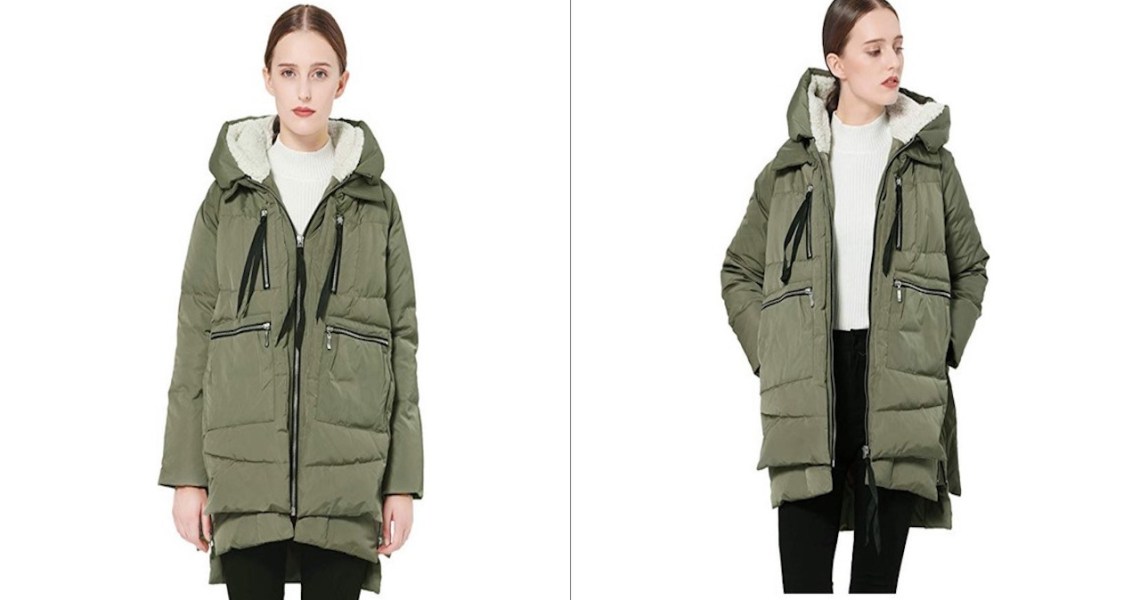Over the last year, Amazon has been launching new fashion-focused services and fashion brands, and it shows no signs of slowing down for 2020.
The e-commerce giant showed its fashion ambitions as early as February 2006, when it acquired Shopbop, bringing contemporary and designer brands like Veja, Theory and Alice + Olivia into the Amazon fold. In the last few years, Amazon has looked to step up its game to compete at a more affordable price point with the likes of Target and Walmart or H&M and Zara. The company has gone as far as to launch a StitchFix-style competitor earlier this year, where stylists work with customers to send curated monthly boxes filled with Amazon products.
However, it hasn’t all been smooth sailing for Amazon in the world of apparel. In November, Nike announced plans to pull its inventory sold directly through Amazon in an effort to own more of its relationships with customers. For a company the size of Nike, access to data isn’t necessarily a huge issue, but many companies have expressed concerns over limited access to data when selling through Amazon, and the fact that it takes a slice of revenue from its brand partners. However, Nike pulling out of its two-year partnership might not be the end-all, be-all for Amazon.
One of the big indicators of Amazon’s potential future success in the fashion world is its rapidly expanding assortment of private-label apparel.
“We’re seeing some high-profile brands, like Nike, pull their products from Amazon to have better control of their brand narrative and of the direct-to-consumer experience, while at the same time, Amazon is leveraging its price-focused marketplace model to break into verticals like apparel and grocery,” said Jonathan Cherki, CEO of Contentsquare.
For now, private label only makes up about 1% of Amazon’s sales, according to a tweet from the company. That includes categories far beyond apparel — like snacks, household goods and home decor — but apparel seems to be a growing part of the equation. Amazon doesn’t break out sales of private-label fashion brands specifically, but TIJ Research estimates the company has 146 total private-label brands and 640 exclusive brands like women’s denim brand Blue Rainbow and children’s clothing brand Clover Kingdom.
Based on TIJ Research’s database, the company currently has 106 private-label fashion brands across clothing, shoes and accessories in the U.S. Some of those names include Amazon Basics, Goodthreads, Mae, 206 Collective, Spotted Zebra, Core 10, Lark & Ro and Daily Ritual.
Ad position: web_incontent_pos1
The company has already proven its potential to be a go-to source for covetable fashion. Case in point: the infamous “Amazon Coat.” The $139 coat from Chinese company Orolay has been spotted on the backs of many an influencer and New Yorker alike. It’s sold on the Orolay website but also through Amazon and quickly became the No. 1 selling fashion item on Amazon last year. The coat has a 4.5 out of 5 star rating on Amazon, with nearly 7,000 reviews. Orolay’s founder recently said the company made more money in January of this year than in all of 2017. It expects to do $30 million to $40 million in revenue in 2019, according to Reuters.
The coat eventually landed its own Instagram account and has since been replicated by established retailers like J. Crew — a clear sign that Amazon has made a name for itself in the fashion world, said Liz Gottbrecht, vp of marketing at influencer marketing platform Mavrck.
“[The coat] is almost exactly the same. It has the zippers and everything. It’s a dupe,” said Gottbrecht. “We have very much come full circle, where Amazon is elevating legacy brands and those brands are going to market with the things that are steering culture.”
There’s also Amazon’s push into the world of influencer clothing collections and influencer led-brands. Nordstrom has already perfected its influencer-led collaboration strategy, launching successful lines in partnership with Something Navy’s Arielle Charnas (one drop reportedly brought in $1 million in sales in one day) and Atlantic-Pacific’s Blair Eadie. In May, Amazon announced its response to influencer lines in the form of The Drop.
The Drop serves as both a way for Amazon to prove itself as an influencer-savvy brand to its consumers and as an outlet for influencers wanting to try their hand at designing and launching their own collections.
Ad position: web_incontent_pos2
“Influencers have to be attracted to The Drop,” said Gottbrecht. “It’s in their best interest, especially if you are hitting 500,000 followers or more and want to start diversifying your business. With any given algorithm change, these social platforms have the power to change your livelihood in a moment. You have to expand beyond just social.”
With The Drop, influencers from around the world can partner with the e-commerce giant to design and release a limited-edition clothing collection of between nine and 11 pieces. To drum up immediate demand, Amazon makes these collections available for only 30 hours. Once the time is up, the only way to purchase those pieces is if other customers return them — so sizing and quantity are limited after 30 hours.
“Amazon has had several different initiatives over the last couple years, trying to get more involved in the shopping space and become more of a preferred agent for discovery,” said Asher Chester, director of performance marketing and Agency Within. “You’ve seen brands like Target in the past that do partnerships with big designers to build credibility and make some of those premium brands more accessible. This kind of fits in that same vein, but at the same time, they’re also combining that with creating exclusivity with the product.”
Plus, with all the data that Amazon gets from these influencer collections — from what styles sell out to which influencers drive the most revenue — Amazon could then use that information to continue improving existing private-label brands or launching new ones, said Chester.




